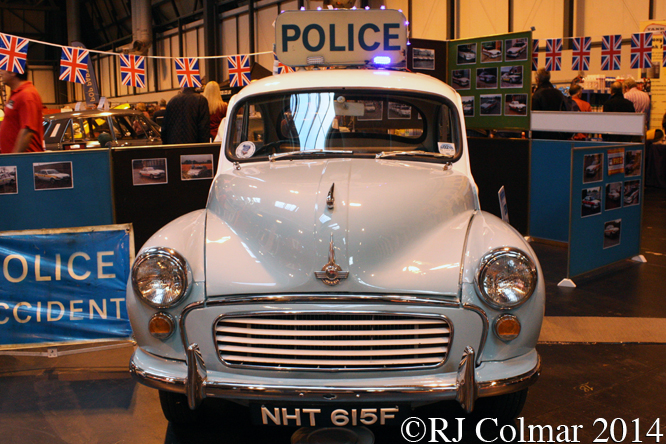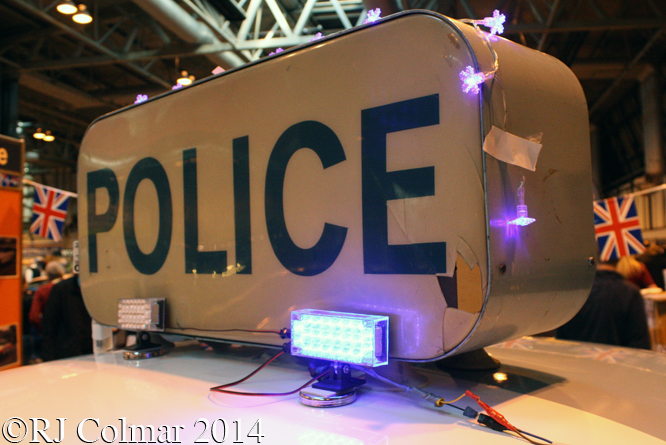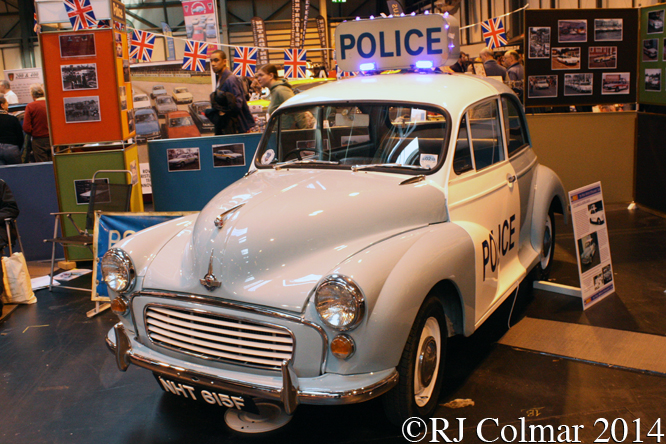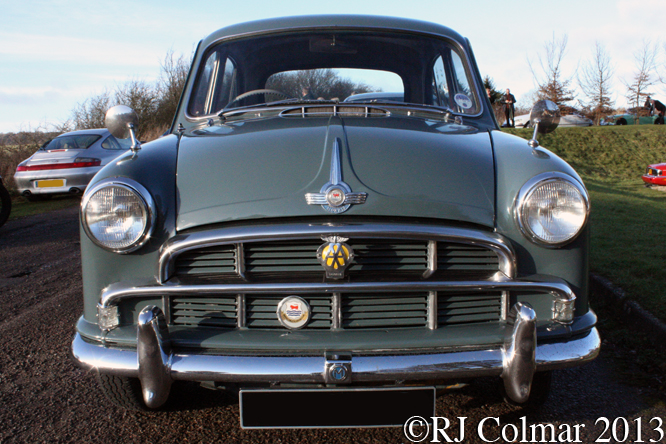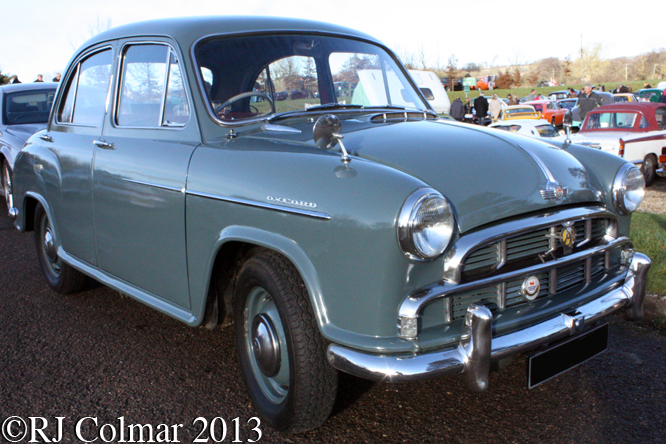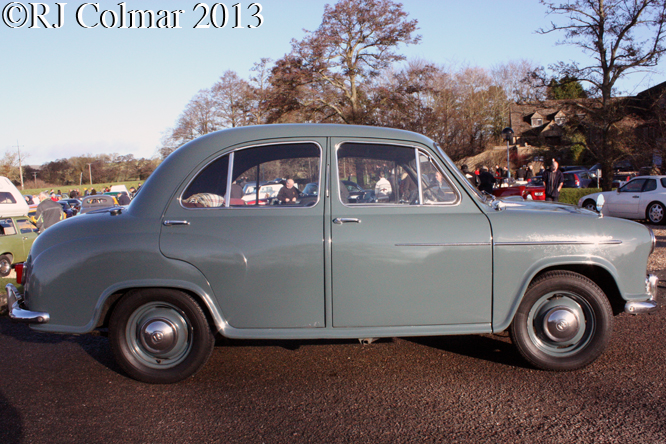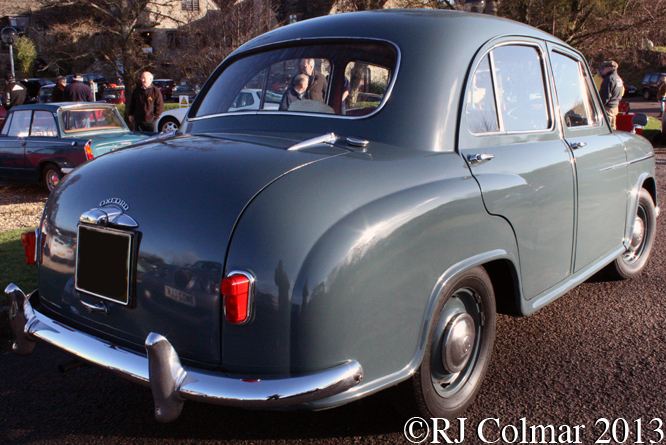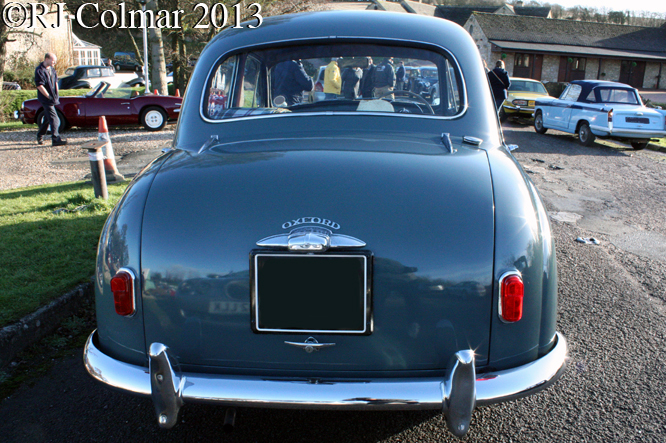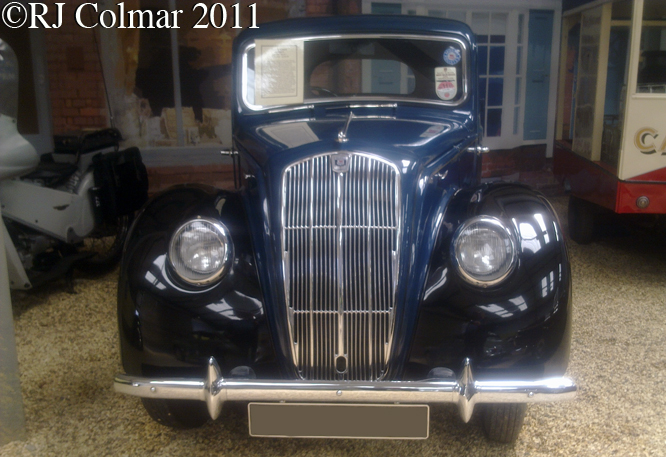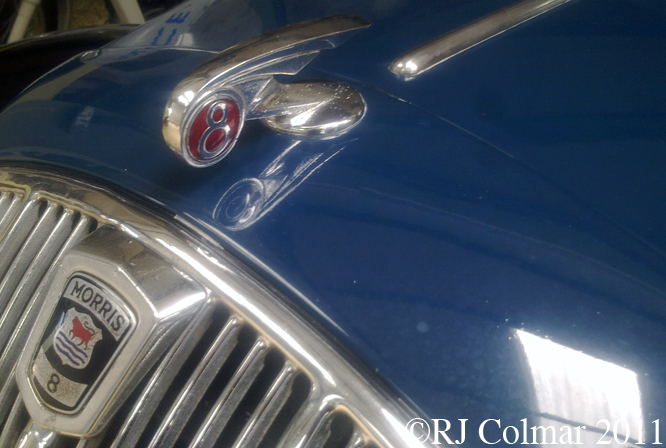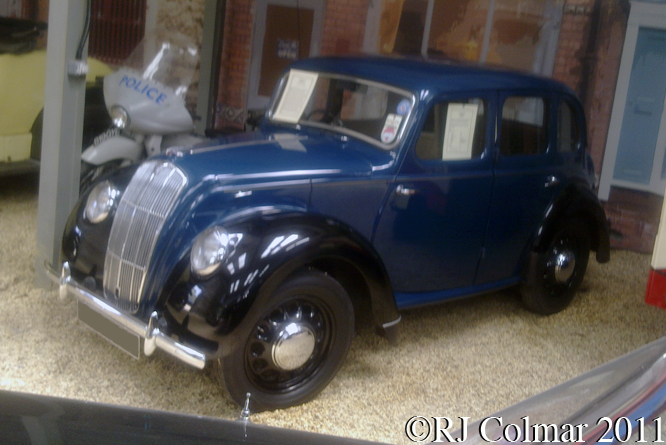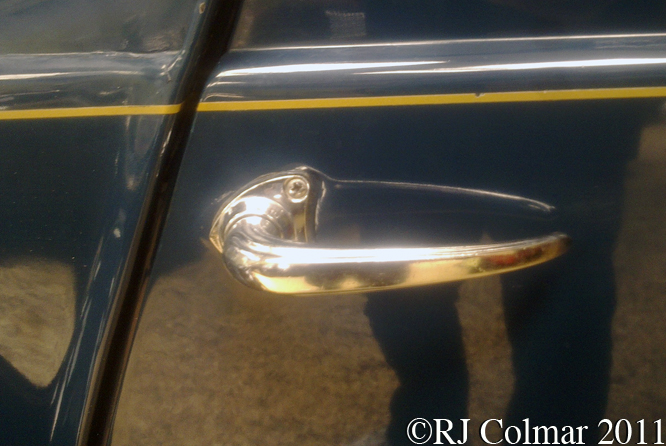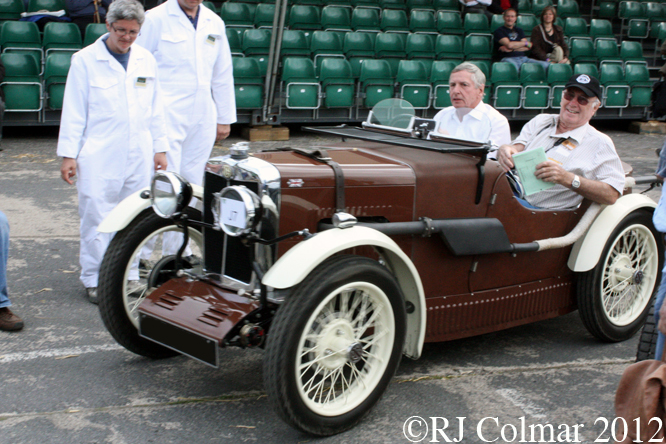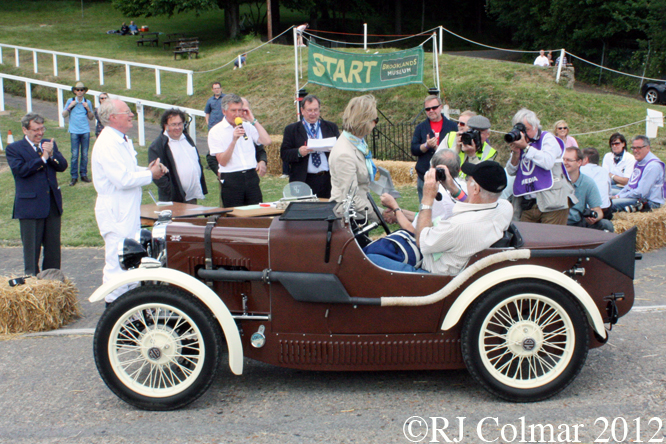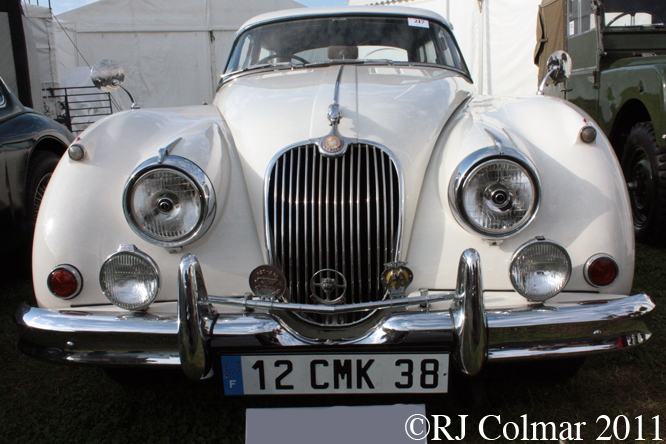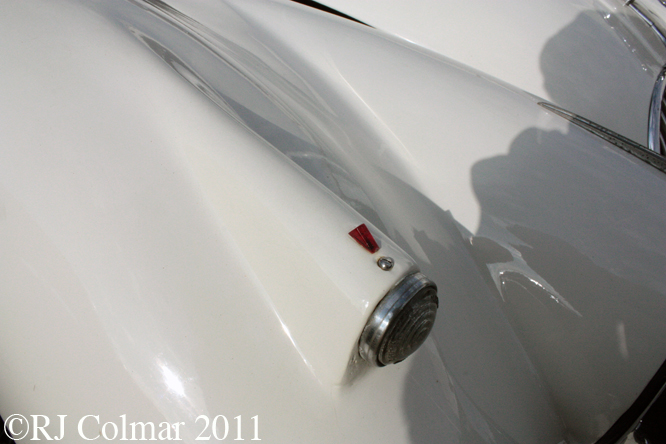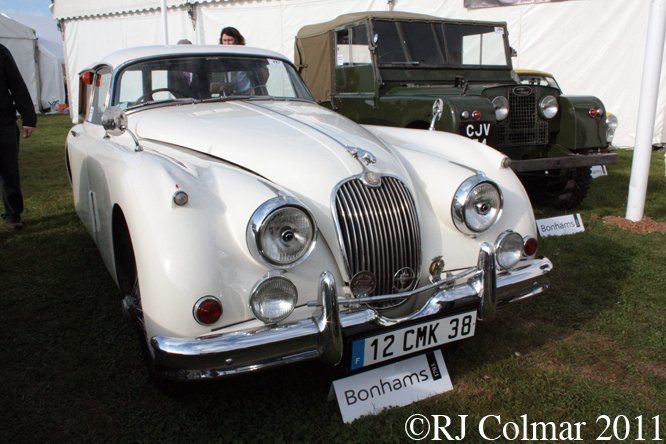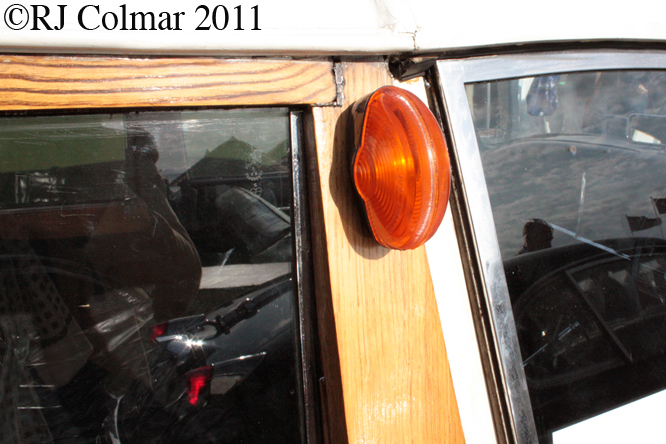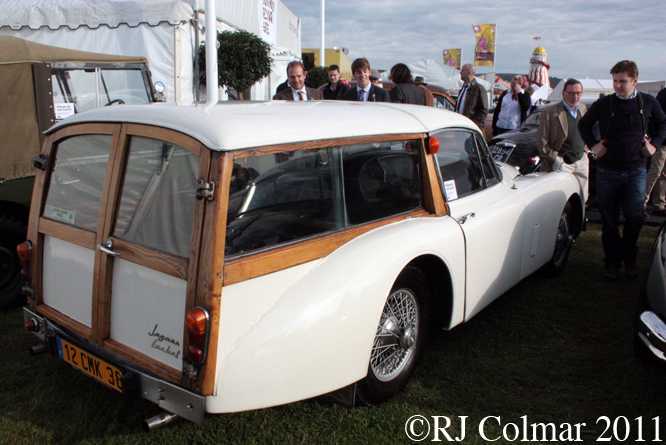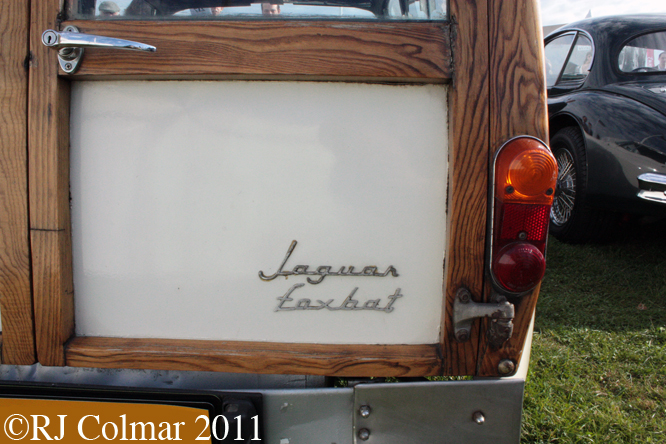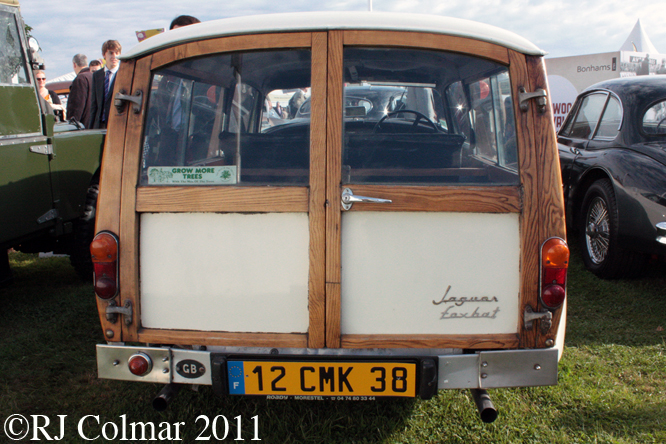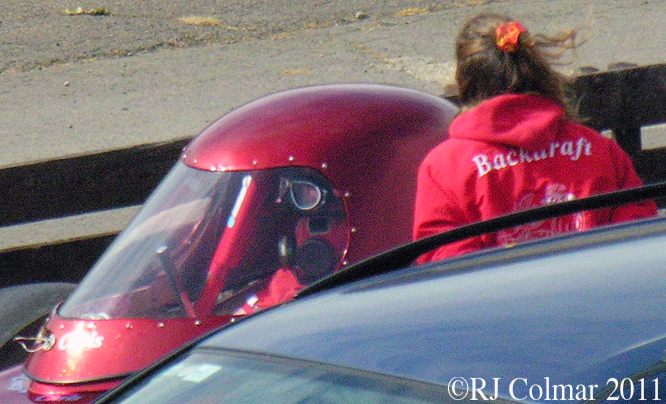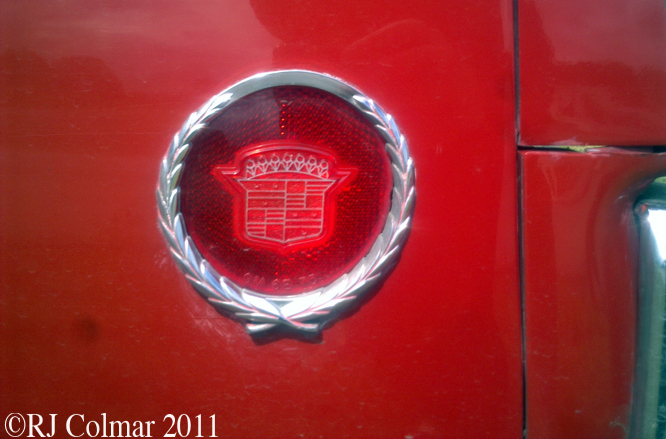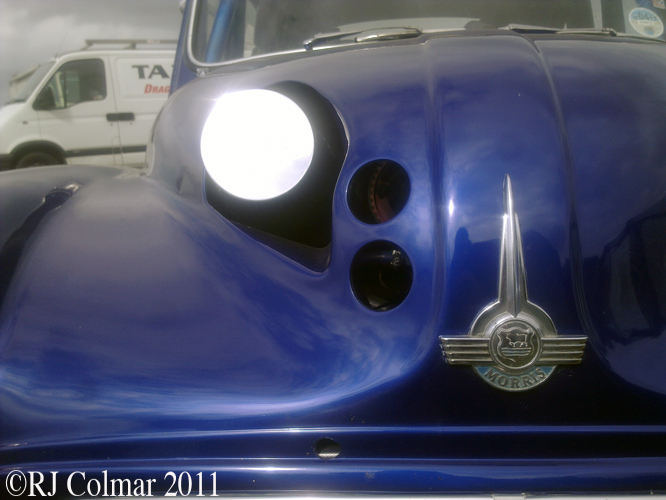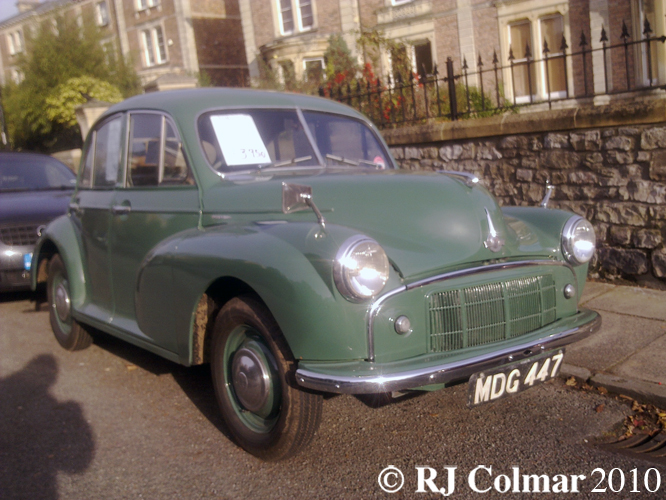
When the Morris Minor was launched in 1948 it featured headlights set either side of the radiator grill, making the car look rather like the scariest Sci Fi creatures known to man the ‘Cybermen‘.
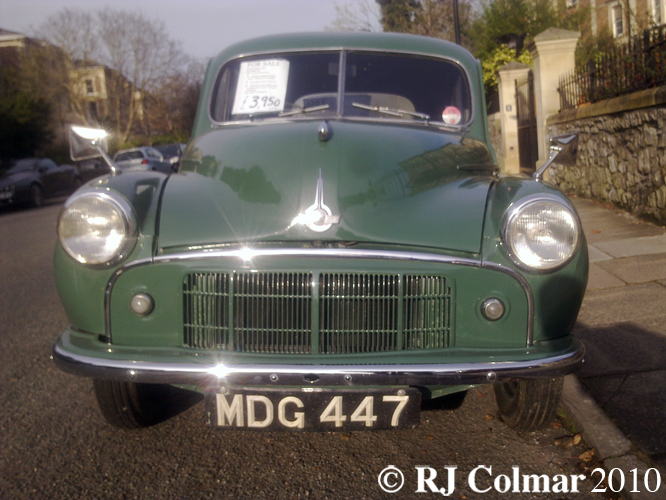
In 1949 the Minor was introduced into the US market with the headlights set higher in the wings to meet US regulations giving us the Minor look that is familiar across much of the world today. All Morris Minors post 1951 featured the high mounted US spec lights that can be seen on this early Series II model from 1953.
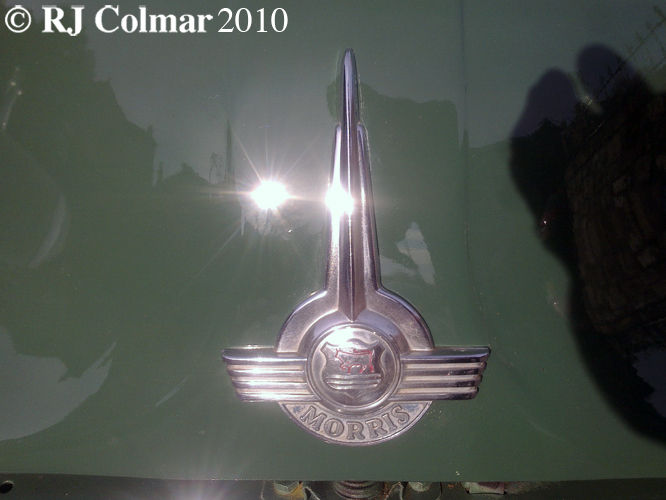
The centre bonnet contours came about as a result of the car being widened by 4 inches between the prototype and production stages in 1948.
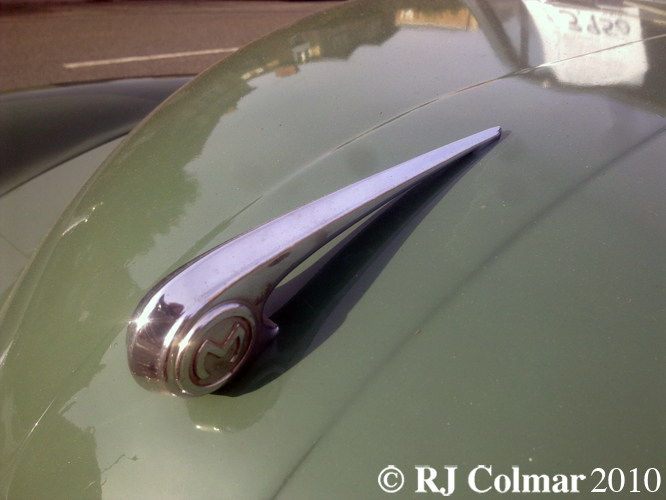
This early Series II model is powered by the same 30 hp Austin designed 803 cc / 49 cui motor as the late Series II Tourer featured yesterday. This engine all though a full 115 cc / 7 cui smaller than the original MM Series engine of 1948 – 1952 was 2.5 hp more powerful than its predecessor.
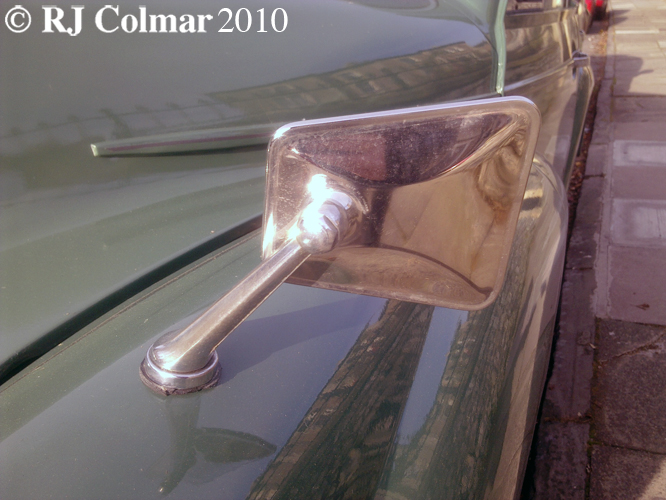
The extra power improved the Minors top speed performance from 58.7 mph to a full 63 mph, it could accelerate for the first time to 60 mph in just 52 seconds. These improved performance figures were traded against a 6 imperial mpg rise in fuel consumption from 42 mpg to 36 mpg.
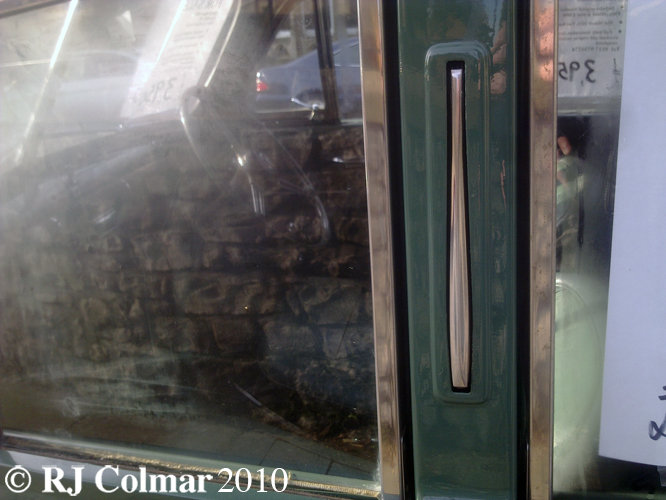
One of the stranger things I remember as a child and vehicle passenger in the early sixties in Cyprus is wondering why vehicles ahead would often slow down for no apparent reason then veer into the centre of the road, this happened many times and most times just before the vehicle ahead came to a complete stop in the middle of the road a funny orange coloured pointy thing would seemingly randomly suddenly appear somewhere on the right hand side of the vehicle.
This vertical piece of chrome in the B post is the top of one of those pointy things more commonly known as a Trafficator fully developed by Max Ruhl and Ernst Neuman in 1927 with internal illumination and solenoid operation.
Hard to believe indicators as we know them today on the four corners of the car did not become a legal requirement on new vehicles until the mid sixties in some parts of Europe, the Morris Minor made the switch from Trafficators to corner indicators in 1961.
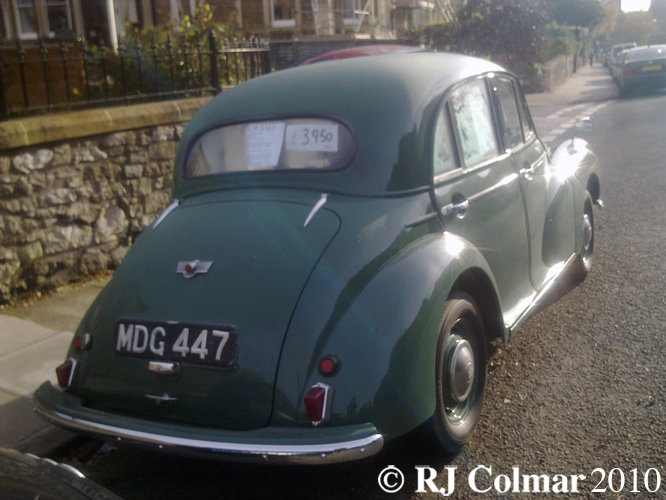
I mentioned yesterday how the Tourer had big rear lights from 1962, here you can just how small these units would have been on the Tourer when it was new.
I hope you have enjoyed todays edition of ‘Getting a lil’ psycho on tyres, I’d like to wish all of my American readers and particularly all those who have actively contributed so much fun to this blog a Happy Thanksgiving.
Don’t for get to come back for a Ferrari Friday now !
